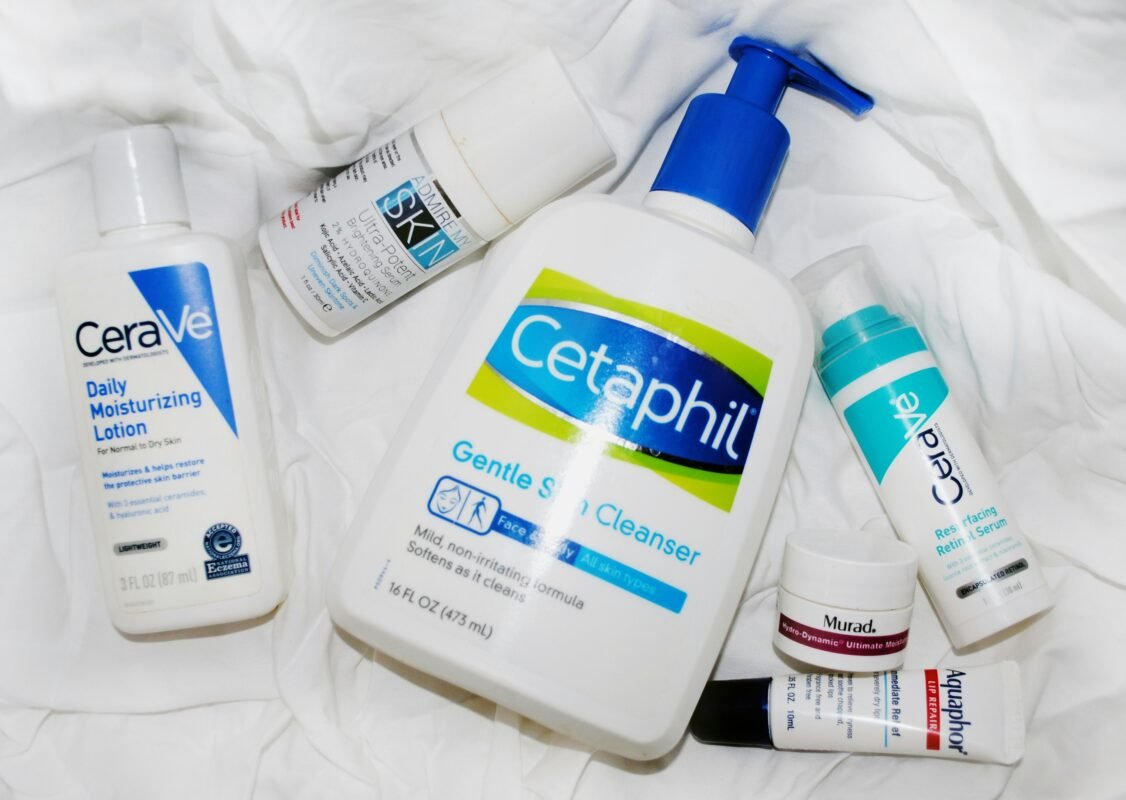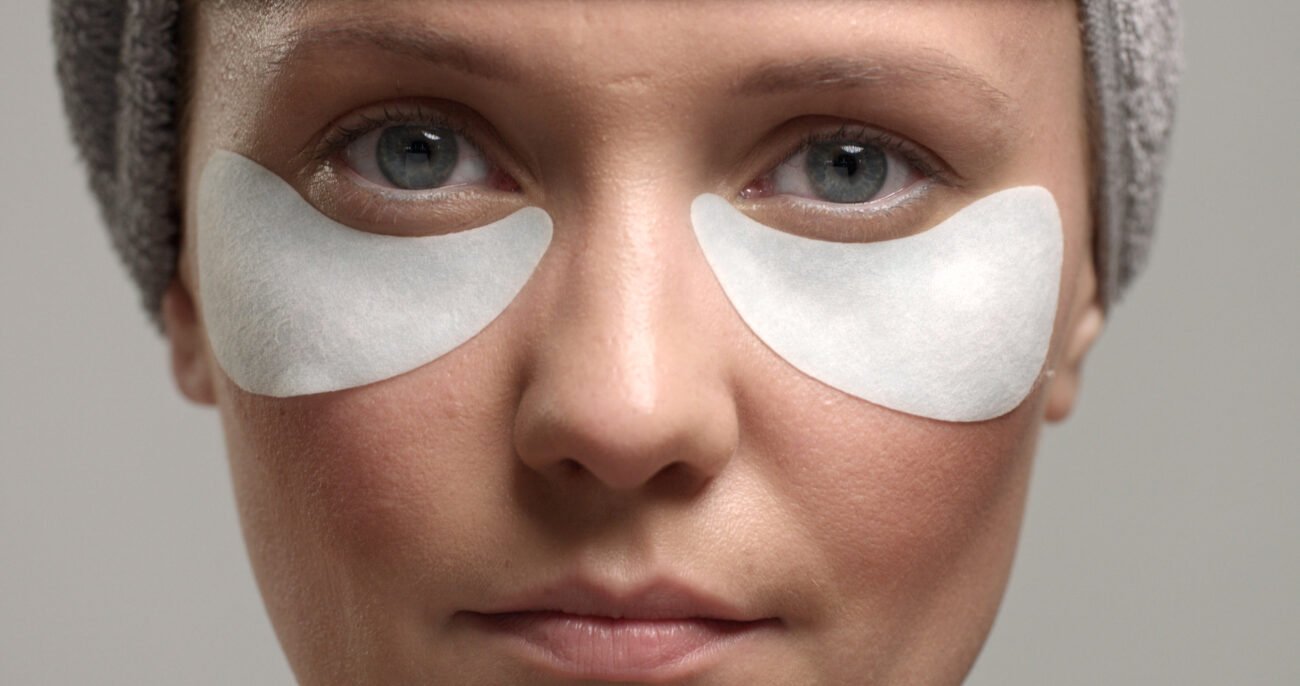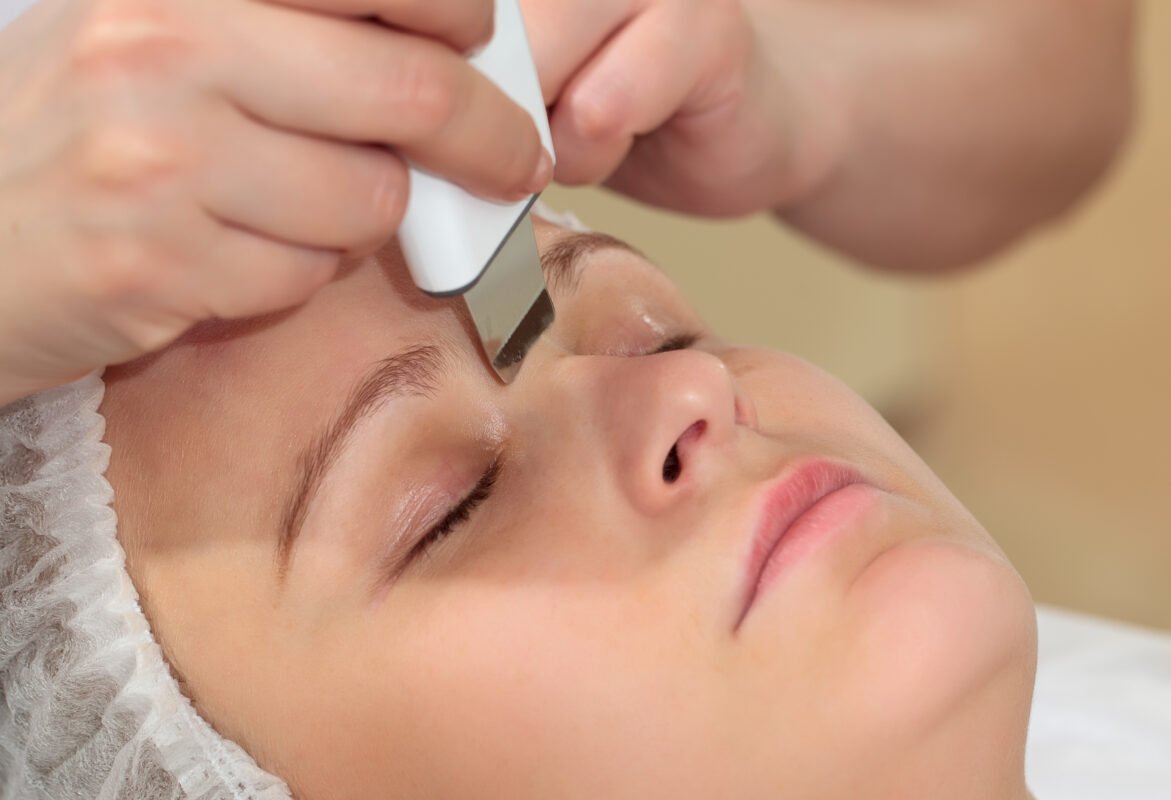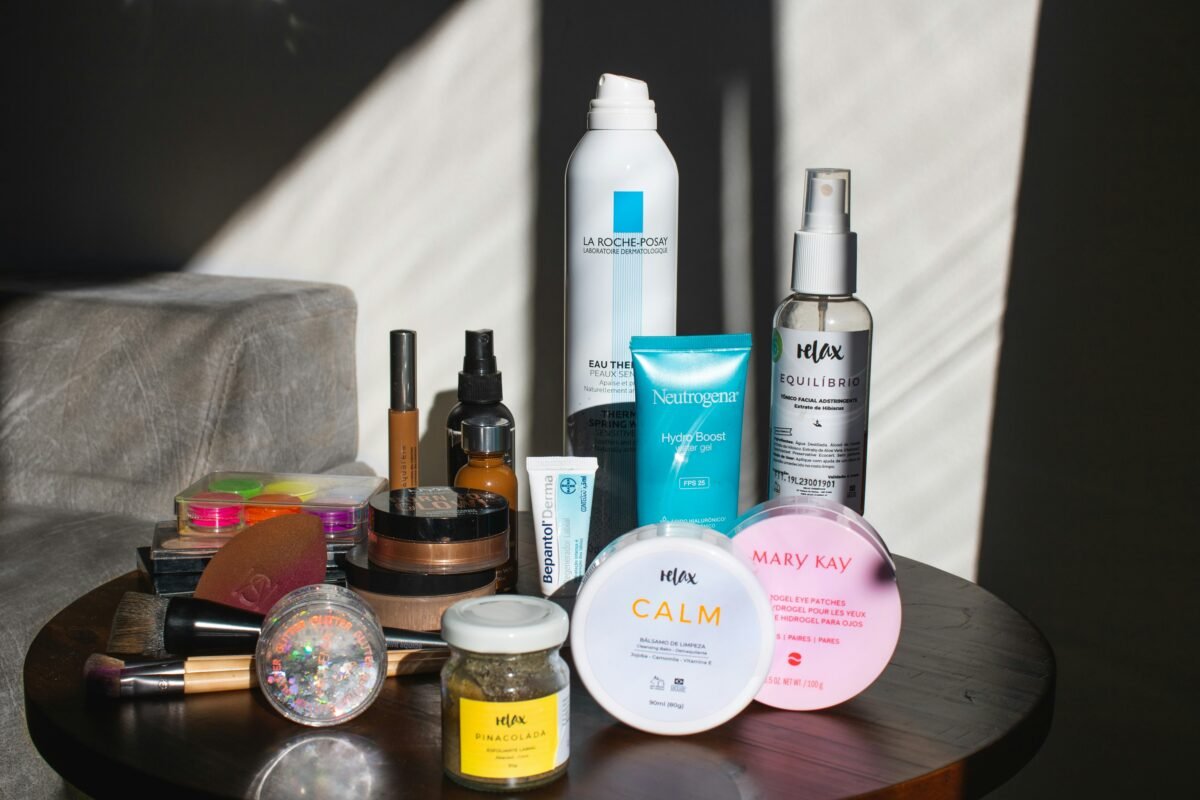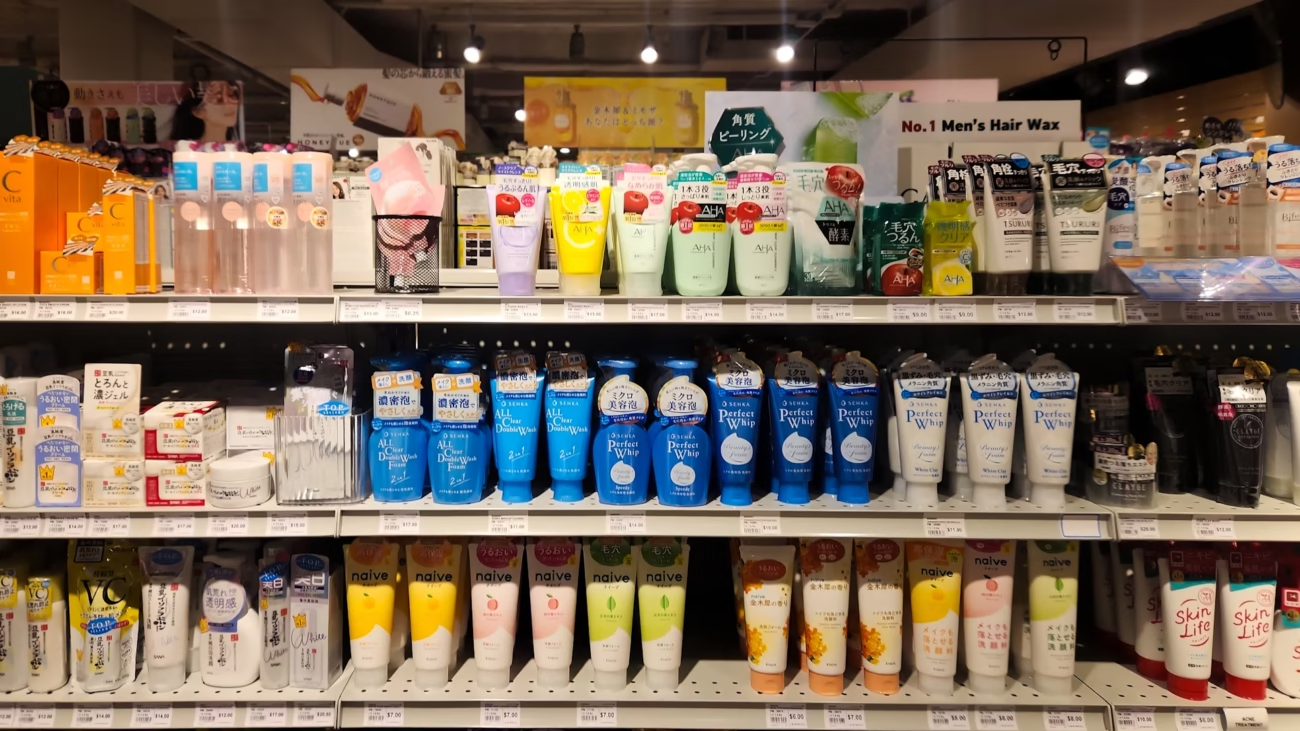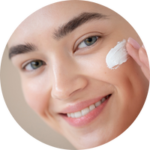Glow from Within: The Ultimate Skincare Routine for Radiant Skin
Achieving radiant, glowing skin is a goal many of us strive for, but it’s not just about using the right products—it’s about cultivating a skincare routine that promotes long-term health and vibrancy. From the inside out, glowing skin is a reflection of good habits, hydration, proper skincare, and choosing the right ingredients that work in harmony with your skin type. Whether you have dry, oily, or combination skin, there are steps you can take to enhance your natural glow.
In this guide, we’ll explore the ultimate skincare routine for glowing skin, break down the best skincare ingredients for radiance, and give you tips to incorporate into your daily life to maintain a luminous complexion year-round.
1. Understanding Your Skin’s Needs for Radiance
Before diving into the skincare routine, it’s important to understand what glowing skin actually means. Radiant skin is not just about achieving a superficial shine, but it reflects the skin’s overall health. Healthy skin is moisturized, free from dead skin cells, and has a strong skin barrier to protect against external aggressors. Factors such as proper hydration, a balanced diet, and a consistent skincare routine can help you achieve this.
To get that glow, you need to address common skin issues that block radiance, such as:
-
Dehydration: Lack of moisture can lead to dull, flaky skin.
-
Uneven skin tone: Pigmentation issues, such as hyperpigmentation or redness, can make your skin look uneven.
-
Excessive dryness or oil: These conditions can either block radiance (when skin is too dry) or make it look greasy (when skin is overproducing oil).
-
Clogged pores: These can create a dull, uneven texture.
With that in mind, let’s take a look at the ultimate skincare routine for glowing skin.
2. Step-by-Step Ultimate Skincare Routine for Glowing Skin
Step 1: Cleanse
Cleansing is the first step in any skincare routine, and it’s crucial to choose a gentle yet effective cleanser that removes dirt, excess oil, and makeup without stripping the skin of its natural oils. Over-cleansing can leave your skin dry and irritated, which can hinder your ability to achieve a natural glow.
For glowing skin, consider using a hydrating cleanser with nourishing ingredients like glycerin, hyaluronic acid, or aloe vera. If you have oily skin, a gel-based cleanser may work best to remove excess oil without drying you out.
How to use it:
-
Gently massage the cleanser onto your face in circular motions for 30 seconds to 1 minute.
-
Rinse with lukewarm water to avoid stripping your skin’s natural oils.
-
Use the cleanser twice a day—once in the morning and once before bed.
Step 2: Exfoliate (2-3 Times a Week)
Exfoliation is essential for radiant skin, as it removes dead skin cells, which can make your complexion appear dull. However, over-exfoliating can irritate the skin and damage the skin’s protective barrier, so moderation is key.
There are two types of exfoliants: physical and chemical. Physical exfoliants, like scrubs, use gritty particles to slough off dead skin cells. However, chemical exfoliants—like alpha-hydroxy acids (AHAs) and beta-hydroxy acids (BHAs)—are much gentler and more effective for glowing skin. They work by dissolving dead skin cells and promoting skin cell turnover, making your skin appear fresher and brighter.
-
AHAs (e.g., glycolic acid, lactic acid): Great for dry or sensitive skin, AHAs exfoliate the surface of the skin and help brighten the complexion.
-
BHAs (e.g., salicylic acid): Perfect for oily or acne-prone skin, BHAs penetrate deep into pores to clear out debris and reduce inflammation.
How to use it:
-
Apply your exfoliant after cleansing, 2-3 times a week.
-
Follow up with a moisturizer to lock in hydration.
-
Avoid exfoliating too often to prevent irritation.
Step 3: Tone
Toning helps balance your skin’s pH level after cleansing and prepares your skin to absorb the active ingredients in the following skincare steps. Toning can also provide an extra layer of hydration, which is crucial for glowing skin. Look for toners that contain hyaluronic acid, witch hazel, or rose water, as these ingredients hydrate and calm the skin.
How to use it:
-
After exfoliating, apply a toner using a cotton pad or by gently pressing it into your skin with your hands.
-
Follow up with your next skincare step (serum or moisturizer).
Step 4: Apply a Serum (Vitamin C or Niacinamide)
Serums are concentrated treatments that address specific skin concerns. To achieve radiant skin, you’ll want to use a serum that targets dullness, uneven skin tone, or dark spots. Here are two of the best ingredients for radiant skin:
-
Vitamin C: This powerhouse ingredient brightens the skin and helps fade dark spots and pigmentation. Vitamin C also stimulates collagen production, making it essential for maintaining youthful, glowing skin.
-
Niacinamide: This ingredient not only brightens the skin but also reduces redness and helps improve the skin’s elasticity. It’s a great option for those with sensitive skin or conditions like rosacea.
How to use it:
-
After toning, apply 3-4 drops of serum to your face.
-
Gently press it into your skin until fully absorbed.
-
Use Vitamin C serum in the morning and niacinamide serum at night for the best results.
Step 5: Moisturize
Moisturizing is crucial for maintaining hydration and ensuring that your skin remains plump, smooth, and glowing. Look for a moisturizer that suits your skin type—whether it’s a lightweight gel moisturizer for oily skin or a rich cream for dry skin.
Key ingredients to look for:
-
Hyaluronic acid: Helps your skin retain moisture and keeps it hydrated throughout the day.
-
Ceramides: Help restore the skin barrier and retain moisture.
-
Shea butter or glycerin: Excellent for locking in moisture and providing long-lasting hydration.
How to use it:
-
Apply your moisturizer to damp skin (after toning or serum) for better absorption.
-
Use it both in the morning and at night to keep your skin hydrated and glowing.
Step 6: Sunscreen (Every Morning)
Sun exposure is one of the biggest culprits behind dull, uneven skin. To prevent damage and maintain radiant skin, it’s essential to wear sunscreen every day. Even if you’re indoors, UV rays can penetrate windows and cause premature aging.
How to use it:
-
Apply sunscreen with at least SPF 30 to your face and neck every morning.
-
Reapply throughout the day if you’re outdoors.
3. Best Ingredients for Glowing Skin
Achieving radiant skin isn’t just about the routine; it’s also about incorporating the right ingredients into your products. Here are some of the best ingredients for a luminous complexion:
1. Hyaluronic Acid
Hyaluronic acid is known for its incredible ability to retain moisture, keeping the skin plump and hydrated. When the skin is well-hydrated, it naturally looks more radiant and youthful.
2. Vitamin C
Vitamin C is an antioxidant that helps brighten the skin, fade dark spots, and protect against environmental damage. It also boosts collagen production, contributing to firmer, more radiant skin.
3. Retinol (Vitamin A)
Retinol helps speed up cell turnover, which means it removes dead skin cells more quickly, revealing fresh, glowing skin underneath. It also reduces the appearance of fine lines and wrinkles.
4. Niacinamide
Niacinamide helps improve skin elasticity, even out skin tone, and reduce the appearance of pores. It’s a great choice for sensitive skin while still providing a radiant glow.
5. Alpha-Hydroxy Acids (AHAs)
AHAs are excellent for exfoliating the skin and promoting cell turnover. By sloughing off dead skin cells, AHAs help reveal a fresher, brighter complexion.
6. Antioxidants (Green Tea, Vitamin E)
Antioxidants protect the skin from free radicals, which can cause premature aging and dullness. Green tea and vitamin E are both great options for protecting and nourishing the skin.
4. Lifestyle Tips for Radiant Skin
Achieving glowing skin doesn’t stop with your skincare routine. Your lifestyle plays a crucial role in the health and appearance of your skin. Here are some additional tips to help you glow from within:
1. Stay Hydrated
Drinking plenty of water is essential for maintaining skin hydration. Dehydrated skin can look dull, so make sure to drink at least 8 cups of water a day.
2. Eat a Balanced Diet
A healthy diet rich in fruits, vegetables, and healthy fats can nourish your skin from within. Foods like avocados, berries, and salmon are high in antioxidants, healthy fats, and vitamins that contribute to glowing skin.
3. Get Enough Sleep
Your skin’s regeneration occurs as you rest. Try to get 7 to 9 hours of restful sleeping each at night to let your skin regenerate and repair itself.
4. Manage Stress
Stress can cause skin problems such as redness, breakouts and dullness. Engage in activities that reduce stress, such as yoga and meditation or deep breathing for an unwinded body and a healthy mind.
Conclusion
The key to radiant skin is an ongoing combination of a strict regimen of skin care, the appropriate ingredients and healthy lifestyle choices. By adhering to the most effective skincare routine that will give glowing skin — starting by cleansing, exfoliating, moisturizing and toning using key ingredients such as Vitamin C, Niacinamide, hyaluronic acid and niacinamide — will be able to unlock the natural glow of your skin.
Keep in mind that glowing skin isn’t only about how you appear on the outside. It’s about the way you take care of your skin from the inside. Be consistent and, with the right practices you’ll be able to enjoy a glowing skin all day long.

